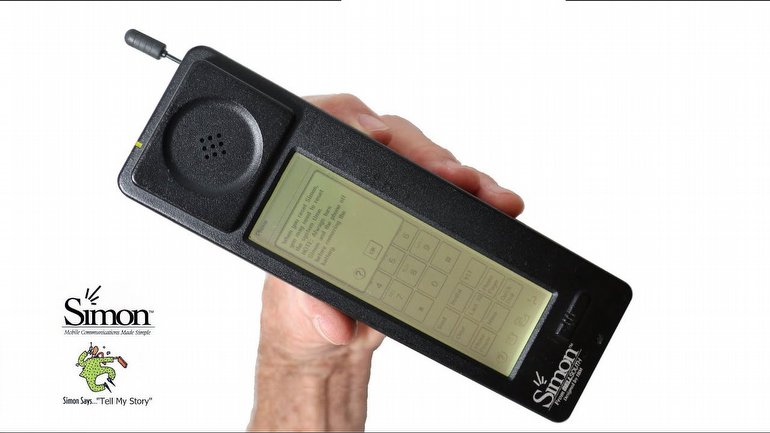Who invented the first smartphone in the world?
Firsts in the world have always been curious. So, who produced the first smartphone in the world? Could those who say Steve Jobs be wrong?

Since Steve Jobs introduced the first iPhone in 2007, mobile communication technologies, and thus the concept of the smartphone, have developed at a rapid pace. But this does not mean that there were no big steps taken in this field before 2007... For example, Simon, which is considered by many to be the first smartphone, is a true legend that has left 29 years behind.
The IBM Simon Personal Communicator (simply known as IBM Simon) is a handheld, touchscreen PDA designed by International Business Machines (IBM), and manufactured by Mitsubishi Electric. Although the term "smartphone" was not coined until 1995, because of Simon's features and capabilities, it has been retrospectively referred to as the first true smartphone.
Maybe you wouldn't believe us if we told you that the first smartphone was invented in 1994; but the event is completely true. IBM invented the first smartphone in August 1994. IBM; named the phone Simon.
Simon; it was the phone that attracted the most attention with its features that year. On the phone; Features such as touch screen and e-mail sending were included. Simon's story goes back to 1992.
Simon's roots were laid with the COMDEX event that took place in Las Vegas at that time. Simon's first name was "Angler". Unfortunately, the phone did not last long.
Simon, bearing the signature of IBM, was first introduced at COMDEX on November 23, 1992. With its 16MHz processor, 1MB memory and 1MB storage space, it was not possible to fit Simon into your pocket, which looked quite impressive for its time. Another interesting feature was that it could insert a PCMCIA memory card. IBM did not define Simon as a "smartphone" at the time; because the concept of "smart device" had not even entered our lives yet. Instead, Simon was described as a pager, fax machine, and pocket computer.

Simon did not have physical keyboard keys. Instead, it was used by reading the touch screen with a finger or pen.
You could only install one external application on Simon: The PC client of the application called DispatchIt, used for messaging between PC and Simon, cost $3,000. It also had to be paid $300 per phone.
Simon's stylus touch interface also offered a list of apps. However, the device, which was not advertised well enough, did not achieve the expected success in the commercial sense and was withdrawn from the market within 6 months. The problem wasn't just about publicity, either; Simon also had other problems with short battery life and usage.
Regardless, we think it's crucial that Simon is a pioneer for today's smartphones and shows how far we've come.
